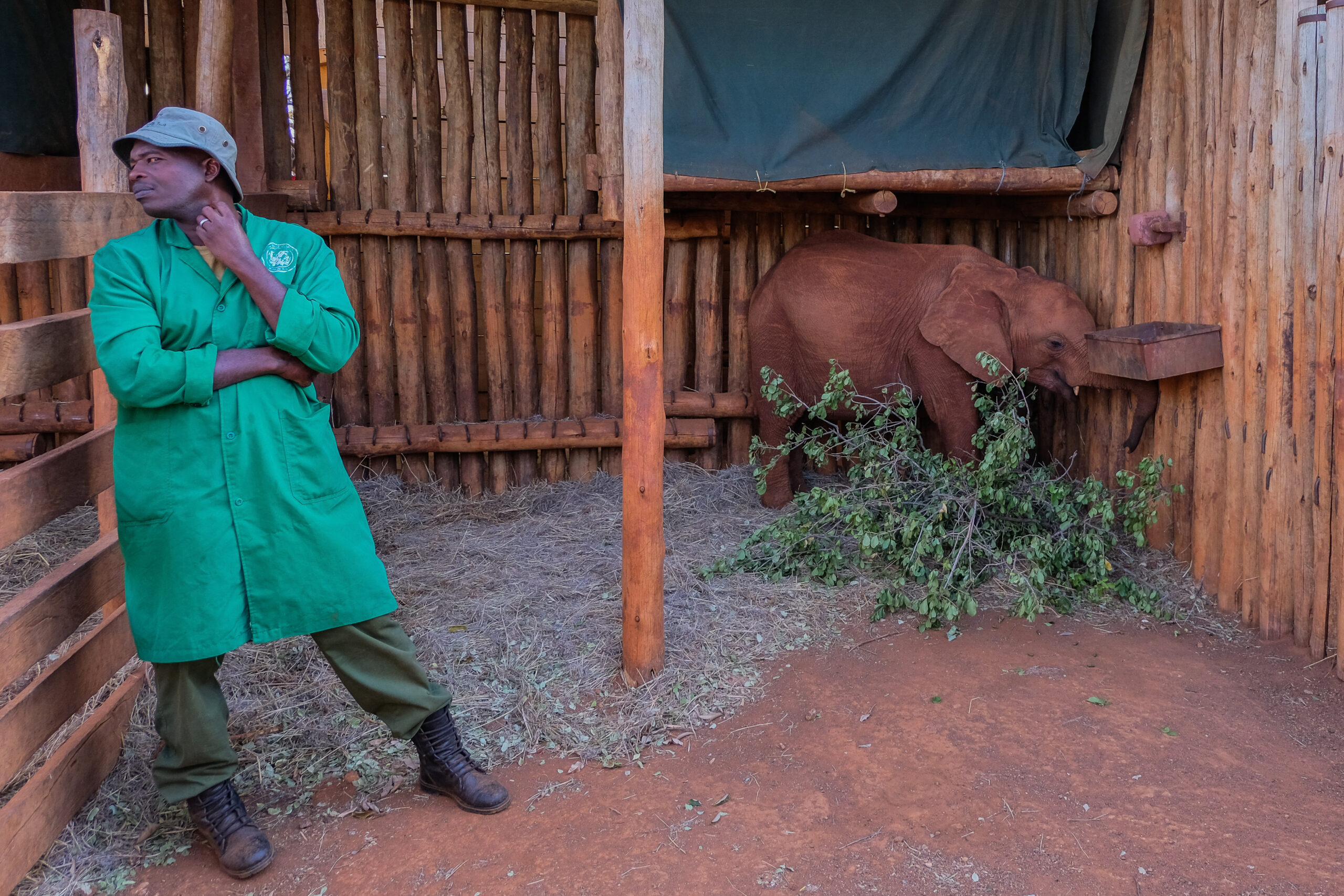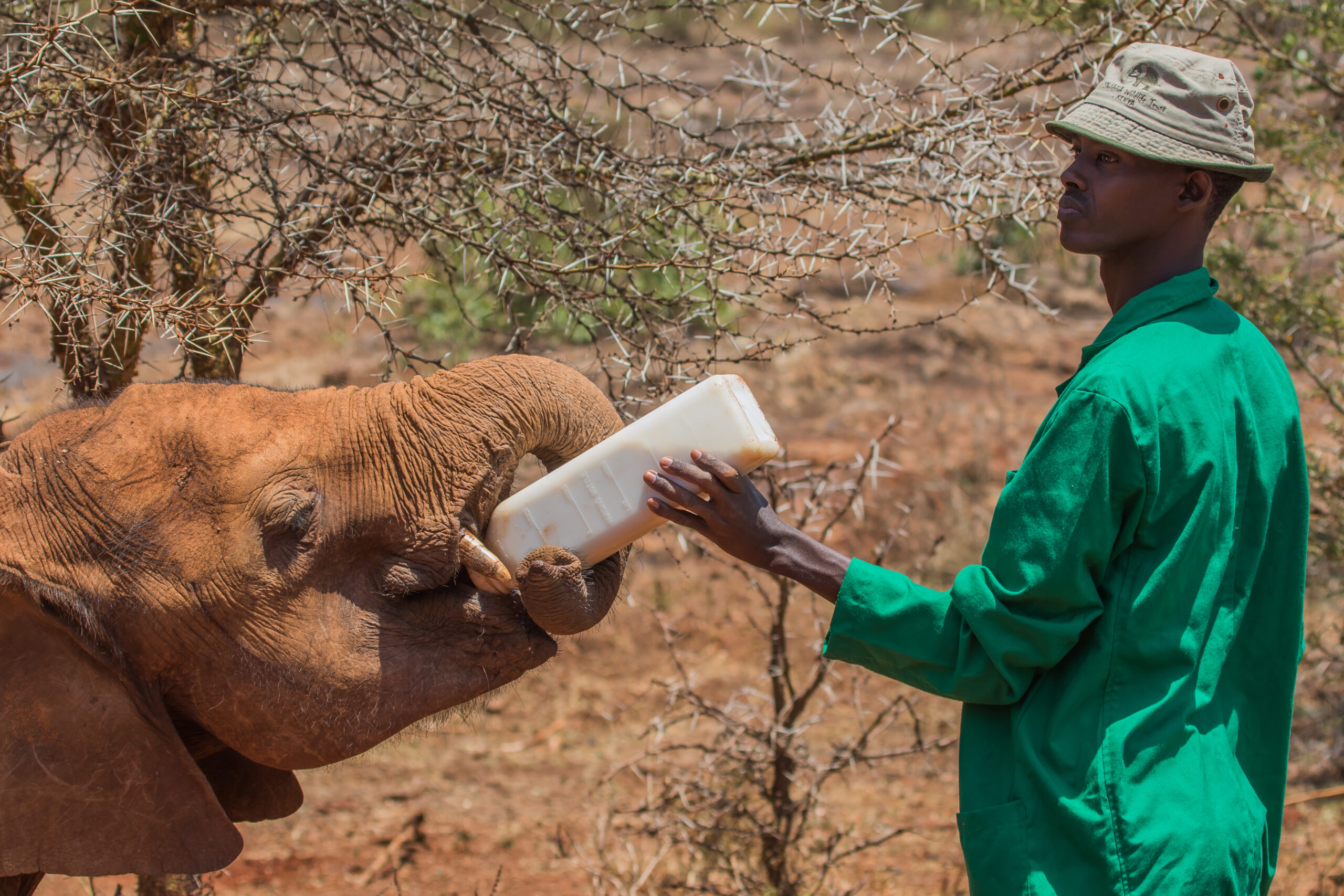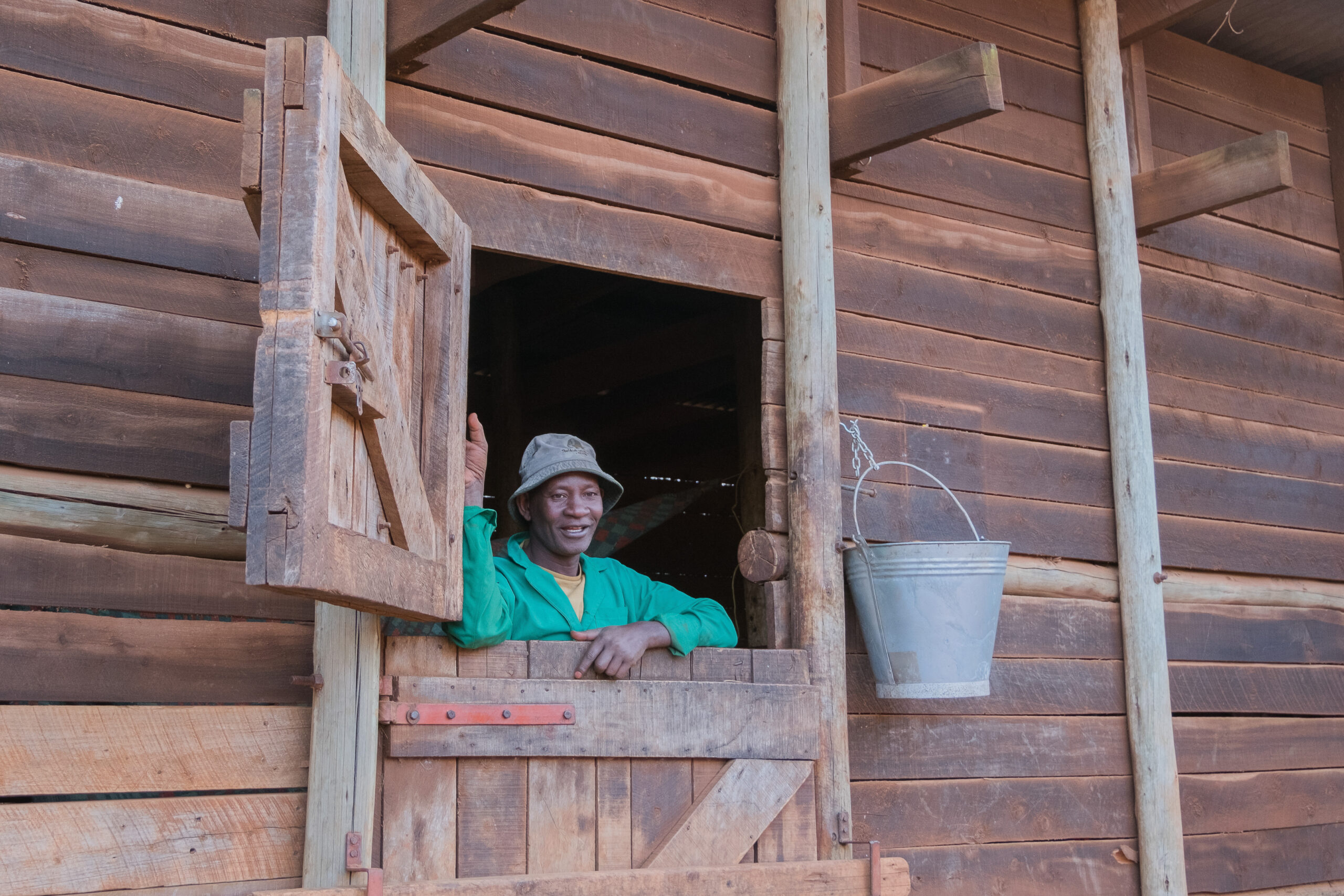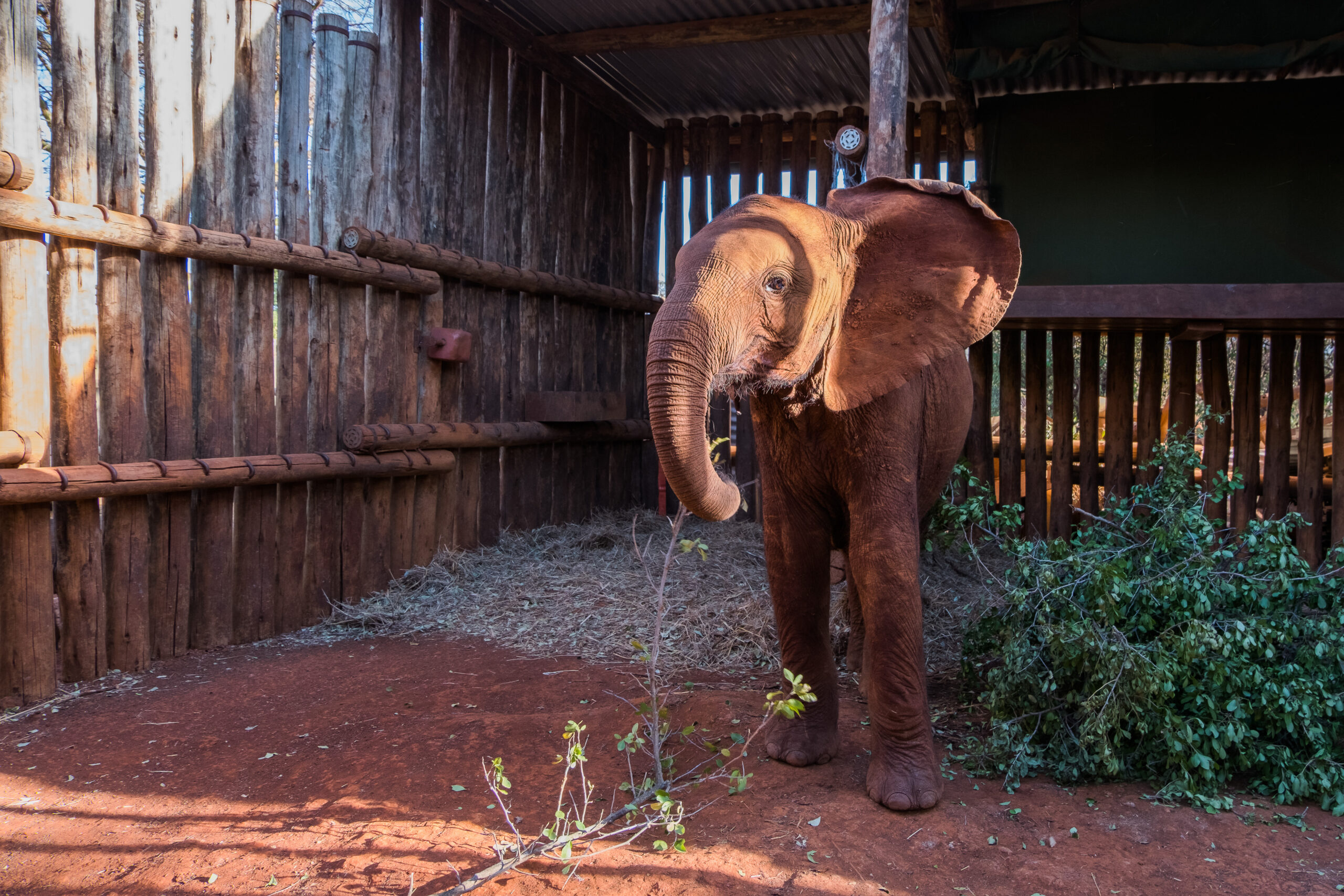David Sheldrick Wildlife Trust
David Sheldrick Wildlife Trust
Dove gli elefanti vivono tranquilli

Oggi andiamo alla David Sheldrick Wildlife Trust, un’organizzazione non governativa che si occupa della protezione e della conservazione degli elefanti e dei rinoceronti in Kenya.
Fondata nel 1977 dalla naturalista Daphne Sheldrick, la fondazione gestisce un centro di recupero per gli orfani di queste specie, che vengono accuditi e reintrodotti nella natura. La David Sheldrick Wildlife Trust svolge anche attività di sensibilizzazione, educazione e ricerca per contrastare il bracconaggio e la distruzione degli habitat.


Durante il la passeggiata sul tragitto per ritornare all’abitazione all’interno dello Sheldrick Wildlife Trust, decine di cuccioli di elefanti seguono lo staff dell’organizzazione, fino alla stazione di alimentazione. Una convivenza tra uomo e fauna mai vista, sembrava una vera e propria famiglia.Lo Sheldrick Wildlife Trust è probabilmente il più grande programma dell’Africa orientale finalizzato al salvataggio e alla riabilitazione degli elefanti orfani. Questa organizzazione di conservazione è stata fondata in memoria del famoso guardiacaccia David Sheldrick.
L’Organizzazione collabora dal 1977 con il Kenya Wildlife Service, il Kenya Forest Service e decine di altre organizzazioni per assistere gli animali che necessitano di protezione ambientale.
Un’elefantina di nome Tagwa mi colpisce per la sua tenerezza. Ha solo tre anni e il suo manto è dello stesso colore della polvere che si sparge addosso. Ha sempre accanto il suo angelo custode, che la protegge e la coccola come farebbe una madre. Mi dicono che Tagwa è stata trovata orfana sulle pendici del Monte Kenya, in una zona chiamata come lei. Era in fin di vita, affamata e stremata, e solo grazie all’intervento dello Sheldrick Wildlife Trust è stata salvata. Una notte di pioggia ha ritardato il suo trasferimento a Nairobi, dove ha ricevuto le cure necessarie per riprendersi. Ora Tagwa vive felice nella stalla, dove si addormenta avvolta da una coperta termica che le fa sentire il calore materno. La sua storia mi commuove e mi fa riflettere sul destino degli elefanti, vittime della crudeltà umana.
Tagwa ama la compagnia e non richiede molta sorveglianza. La accompagno alla stalla, dove rimango affascinato a osservarla mentre si disseta dalle mani del suo protettore in divisa verde, per poi coricarsi su una morbida paglia. Non sembra avere sonno ma si addormenta presto quando viene coperta con una speciale coperta termica che simula il calore materno e che aiuta gli esemplari a resistere ai cambiamenti di temperatura. Come molti altri elefantini, Tagwa ha perso la madre per colpa dell’uomo. Chiedo al suo protettore di raccontarmi la sua storia, e lui acconsente. In una notte piovosa di maggio, nel parco del Monte Kenya, gli abitanti di un piccolo villaggio avvisarono lo Sheldrick Wildlife Trust della presenza di un’elefantina orfana. L’orfana doveva avere circa sette o otto mesi, ed era in condizioni gravi: assiderata, debole, malnutrita, non riusciva nemmeno a camminare. A causa delle forti piogge che cadevano su Nairobi quella sera però, era sembrato impossibile trasportarla dall’aeroporto Nanyuki per le cure. Grazie alle attenzioni del team, comunque, Tagwa riuscì a sopravvivere alla notte, così da essere portata via aereo il giorno dopo. A Nairobi, ebbe subito le prime cure, e dopo una seconda bottiglia di latte si rialzò in piedi da sola. Il progetto orfani dello Sheldrick Wildlife Trust si occupa del salvataggio e della riabilitazione dei cuccioli di elefante ancora dipendenti dal latte, accompagnandoli fino alla loro reintegrazione in natura. Toccato da quella storia, decido di adottare Tagwa per nonperderla di vista. Qui è possibile adottare orfani di elefante e seguirne poi negli anni la crescita La più anziana, Eleanor, oggi ha sessantuno anni, e fu salvata da David Sheldrick in persona nel 1960.
Con una piccola donazione, si ha la possibilità di sostenere questi animali e di ricevere notizie regolari sul loro stato di salute. Può sembrare poco, ma spesso le grandi imprese si fondano su gesti semplici; come quello che David Sheldrick fece per tutto il Kenya, per realizzare una missione che va oltre i nostri interessi.

nextstopearth



